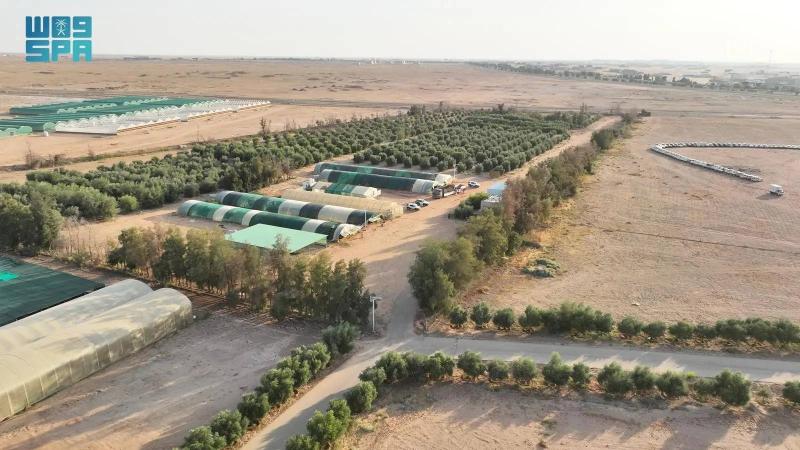The Authority for the Development of the King Salman bin Abdulaziz Royal Reserve, in collaboration with the National Center for Vegetation Cover Development and Desertification Combat, has planted one million seedlings of 13 types of local wild plant species supplied by the center. The planted seedlings include species such as acacia, sidr, arta, ghada, and other local wild plants that naturally grow in the reserve's lands at three different afforestation sites: Wadi Ma'arik, Qaa Buhan, and Al-Mugheira. The authority hopes that planting these seedlings will produce oxygen, absorb tons of carbon, increase vegetation cover, and combat sand encroachment.
The King Salman bin Abdulaziz Royal Reserve is the largest natural terrestrial reserve in the Middle East, covering an area of 130,700 square kilometers, intersecting with four administrative regions: Al-Jouf, Ha'il, Northern Borders, and Tabuk. It features diverse habitats, terrains, and unique geological formations. Notably, the National Center for Vegetation Cover Development and Desertification Combat works on protecting vegetation cover sites in the Kingdom, studying all variables affecting green areas, and enhancing drought preparedness and mitigation, as part of the National Transformation Program initiatives to achieve "Saudi Vision 2030." This framework emphasizes the Kingdom's commitment to reducing the impacts of desertification and drought while managing and investing in rangelands, forests, and national parks, in addition to increasing vegetation cover through collaboration with public, private, and non-profit sectors.




